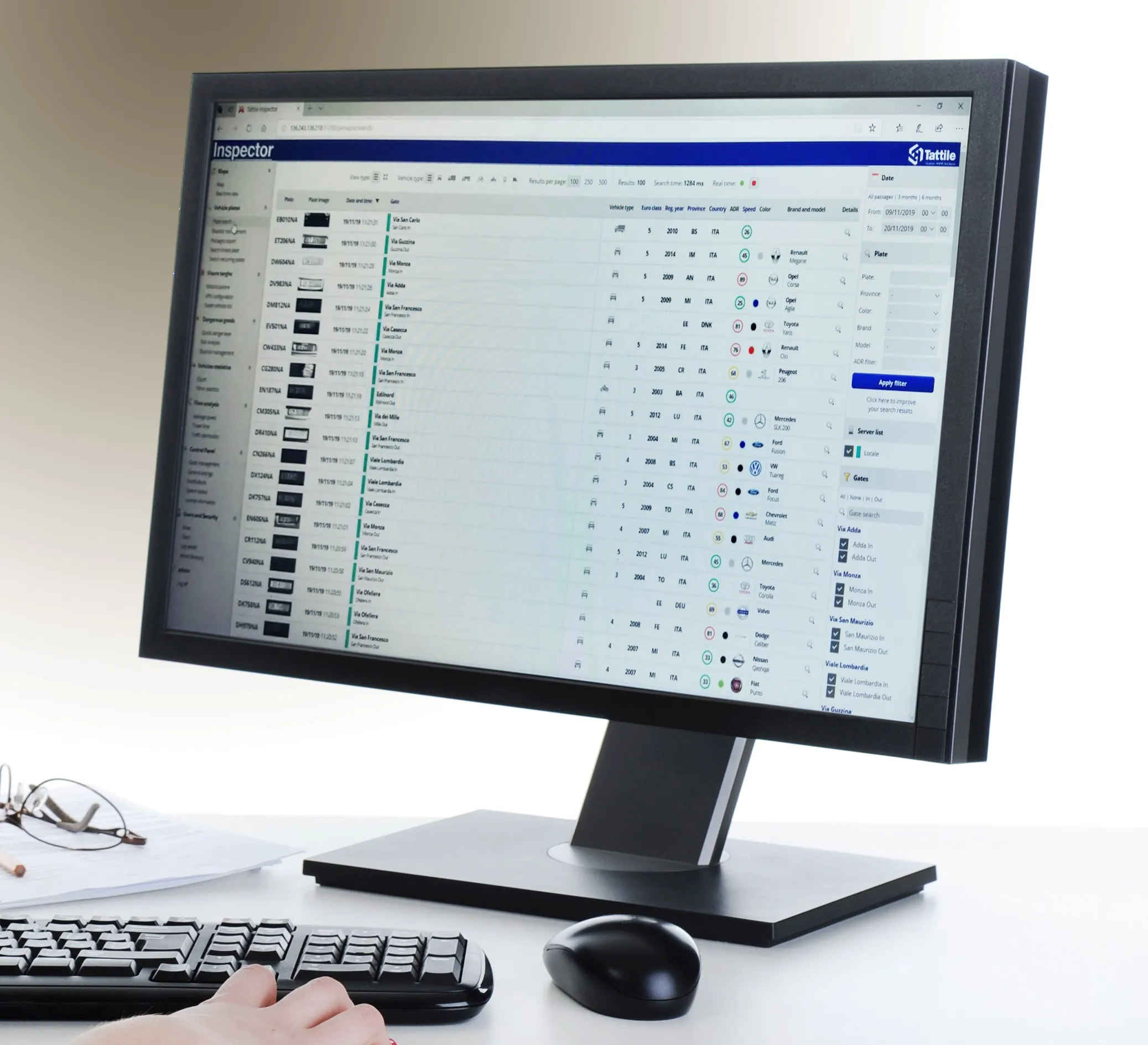According to new research by ABI Research, insurance telematics users will grow at a CAGR of 90 per cent from 1.85 million in 2010 to 89 million in 2017.
March 13, 2012
Read time: 2 mins
According to new research by 5725 ABI Research, insurance telematics users will grow at a CAGR of 90 per cent from 1.85 million in 2010 to 89 million in 2017. Dominique Bonte, group director, telematics and navigation, comments, “While insurance telematics or usage based insurance (UBI) is far from a recent phenomenon – US-based Progressive was already trialling solutions back in 2002 – a renewed interest in this market has occurred over the past two years, with an acceleration in uptake, as well as a dramatic change in the very nature of UBI, migrating from pay as you drive (PAYD) to pay how you drive (PHYD) based on continuous driver behaviour monitoring and analysis.”
UBI allows insurance vendors to establish a continuous communication and feedback channel to build brand loyalty in an increasingly competitive auto insurance market. In the same way, value-added service packages including emergency services, roadside assistance, stolen vehicle tracking, teen driver monitoring, and vehicle diagnostics are often offered.
While the de-averaged pricing model and fairness principle of UBI to treat customers as individuals and have them pay for the risks they are actually taking instead of premiums depending on inaccurate proxies such as age and gender is gaining acceptance, many barriers hindering mass market uptake are still in place: self-selection of low risk drivers, privacy, lack of understanding of complex offers, lack of historical perspective validated by statistical data, absence of standards, installation of telematics hardware, and IP litigation.
While currently the default UBI hardware solution consists of a dedicated device plugged into the vehicle’s diagnostics OBD port, future UBI hardware solutions will increasingly be based on either factory-installed technology (as in-car connectivity penetration rates increase) or – for the aftermarket – converged devices such as smartphones wirelessly connecting to the OBD bus via Bluetooth adapters.
ABI Research’s new study, “Insurance Telematics,” covers the different solutions for insurance telematics including PAYD and PHYD across different form factors such as embedded, portable, and converged in North America, Europe, Asia-Pacific, and the Rest of the World. It includes detailed descriptions of market drivers and barriers, as well as shipment, subscribers, and discount forecasts.
UBI allows insurance vendors to establish a continuous communication and feedback channel to build brand loyalty in an increasingly competitive auto insurance market. In the same way, value-added service packages including emergency services, roadside assistance, stolen vehicle tracking, teen driver monitoring, and vehicle diagnostics are often offered.
While the de-averaged pricing model and fairness principle of UBI to treat customers as individuals and have them pay for the risks they are actually taking instead of premiums depending on inaccurate proxies such as age and gender is gaining acceptance, many barriers hindering mass market uptake are still in place: self-selection of low risk drivers, privacy, lack of understanding of complex offers, lack of historical perspective validated by statistical data, absence of standards, installation of telematics hardware, and IP litigation.
While currently the default UBI hardware solution consists of a dedicated device plugged into the vehicle’s diagnostics OBD port, future UBI hardware solutions will increasingly be based on either factory-installed technology (as in-car connectivity penetration rates increase) or – for the aftermarket – converged devices such as smartphones wirelessly connecting to the OBD bus via Bluetooth adapters.
ABI Research’s new study, “Insurance Telematics,” covers the different solutions for insurance telematics including PAYD and PHYD across different form factors such as embedded, portable, and converged in North America, Europe, Asia-Pacific, and the Rest of the World. It includes detailed descriptions of market drivers and barriers, as well as shipment, subscribers, and discount forecasts.









